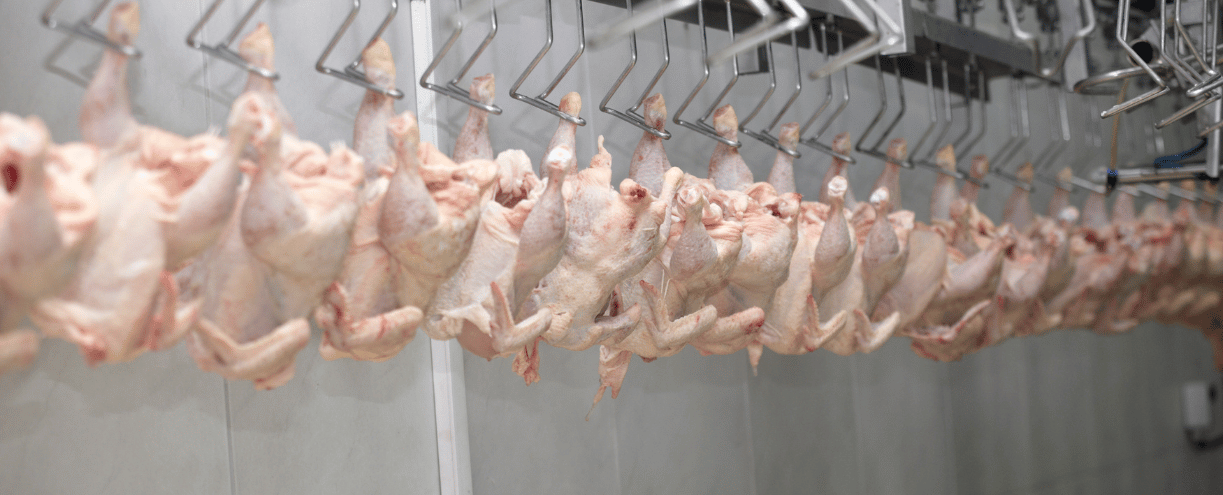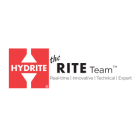
Regulation of Chemicals Used for Meat and Poultry Processing
Do you know the different categories of chemicals utilized in the meat and poultry processing industry and the agencies that approve/regulate them?
2 Minute Read
Understanding the types of chemicals used in food processing—and how they are regulated—is essential for ensuring both safety and compliance. The summary below outlines the functions of cleaners, sanitizers, processing aids, and hand sanitizers, along with the roles of agencies like the EPA, FDA, and FSIS.
See the summary below to learn more:
Chemical Types |
What Does it Do? |
Does EPA Regulate this Type of Chemical? |
| Cleaners | Cleaning removes dirt and organic matter from surfaces using soap or detergents. | EPA regulates cleaning products only if they claim to sanitize or disinfect. Learn more about EPA's role. |
| Sanitizers | Sanitizing kills bacteria on surfaces using chemicals. It is not intended to kill viruses. | Yes, EPA registers products that sanitize. The FDA governs their usage/application parameters. |
| Antimicrobial Intervention / Processing Aids | Chemical interventions can be used to potentially reduce Salmonella in meat and poultry products during second processing (post-chill) as part of a multiple hurdle approach without additional approval. |
No, FSIS utilizes FCN’s issued by FDA for these products. A complete list can be found in FSIS Directive 7120.1 with acceptable uses and rates.
|
| Hand Sanitizer | Using hand sanitizer kills pathogens on skin. | No, hand sanitizers are regulated by the Food and Drug Administration (FDA). |
Acronyms:
- FDA = Food and Drug Administration
- EPA = Environmental Protection Agency
- FSIS = Food Safety Inspection Service (Agency of the USDA)
- FCN = Food Contact Notification
- FIFRA = Federal Insecticide, Fungicide, and Rodenticide Act
Reach out to The RITE Team® for more information on food processing environment chemical selection including intervention chemistry.

